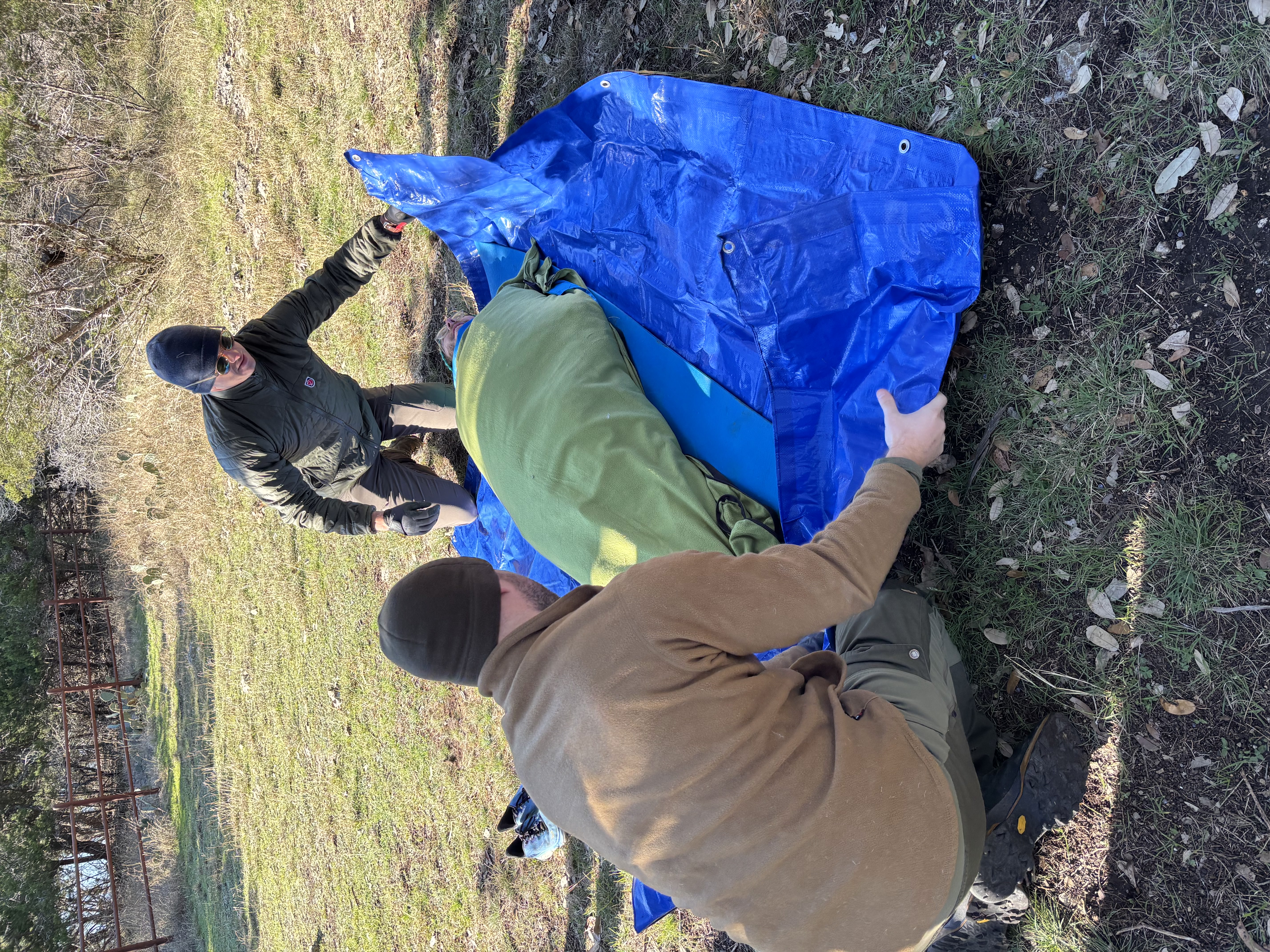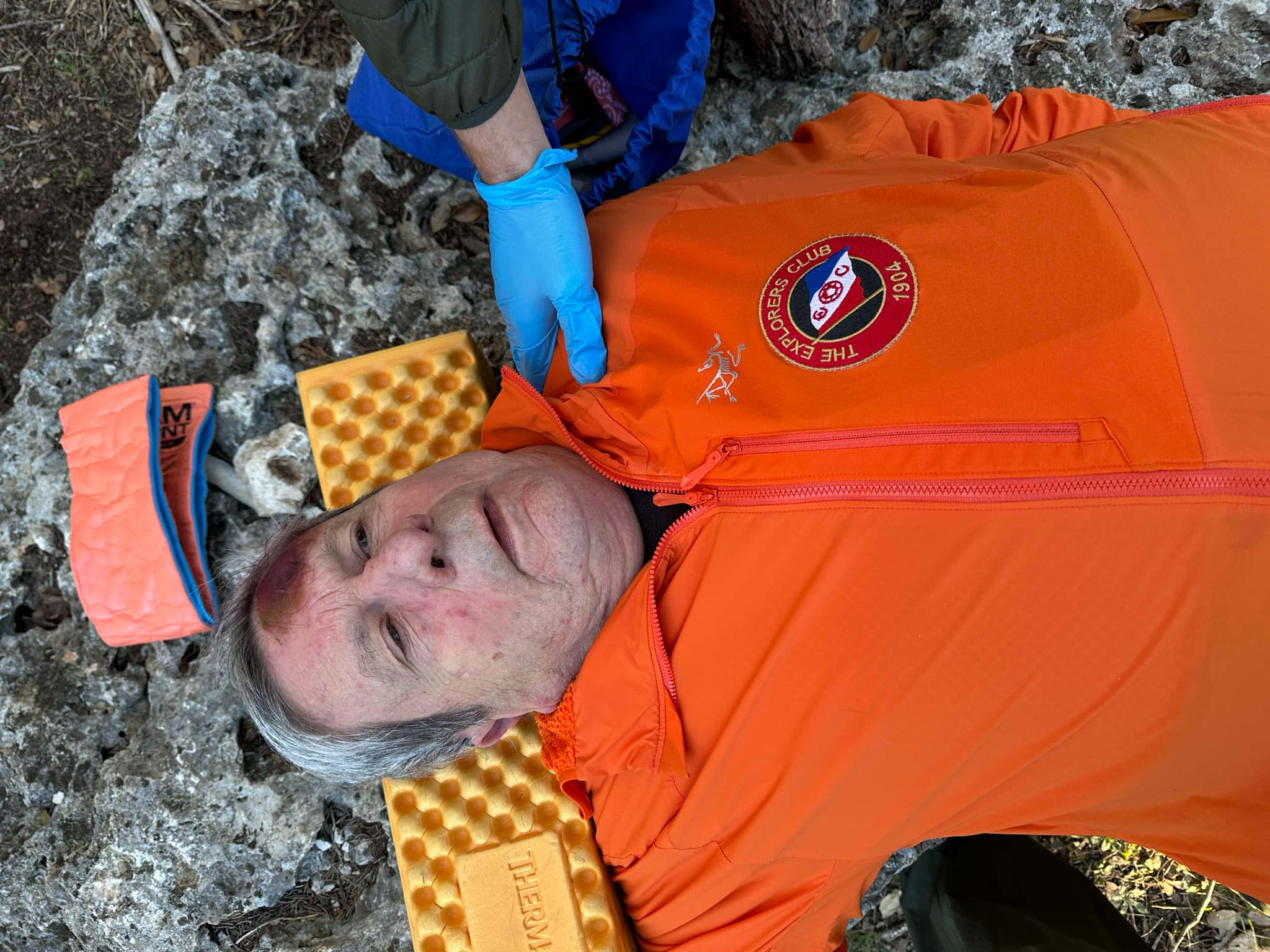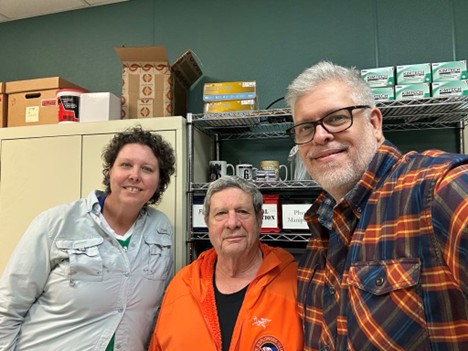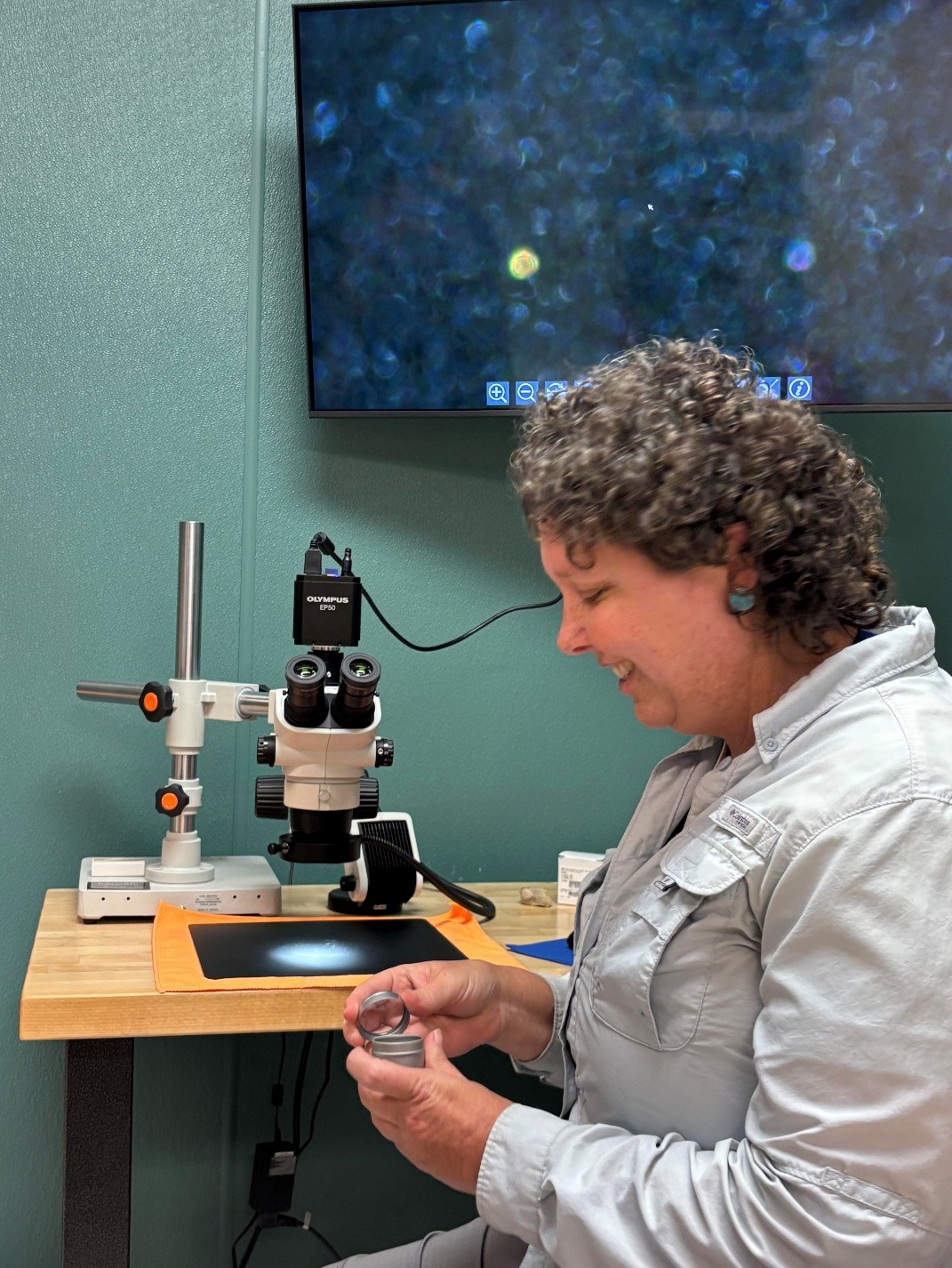
Reflections Off the Grid: Exploration Newsletter – First Quarter, 2025
Dear Adventurers, Explorers and Culture Seekers,
2025 is off to a rousing start. I amazed myself in what I was able to accomplish in just the first three months.
Highlights of 2025 so far: A Variety of Small yet Powerful Achievements
With no “big” adventure on the books, I reverted to several smaller projects and adventures. Below is the bullet list with some highlighted in more detail but others just honorable mentioned.
- January
- Wilderness Medicine Training and Certifications
- Exploration of the Lower Pecos Canyonlands and Indigenous Rock Art
- February
- Sea kayaking on the Texas Gulf coast
- Appointed to the board as Treasurer of the Texas Chapter of the Explorers Club
- Completed a co-authored research paper on the Inuit peoples across the Arctic with publication. This paper co-authored by Allen Tutin can be read here. Sadly, Allen passed away just early March. I am so thankful for his contributions to the paper.

A young Allen with an Inuit Elder
- March
- Completed a course entitled Inuit Knowledge of Nanuk after watching Nanuk Narratives – Voices of the People Alongside Polar Bears
- Assisted and consulted on a project to capture Indigenous Rock Art using AI to analyze paint composition and artistic nuances of the art
- I completed a total renovation and cleanup of my Delta 16’ kayak
Wilderness Medicine Training and Certification
Why undergo this training? The nature of adventures and exploration takes us to places where emergency medical support is sometimes hours and days away. It is prudent to know the basics of Wilderness First Aid. As a former Special Forces Medic I was trained in these skills years ago. Time took a toll on me, and I had forgotten the skills that were once second-nature. My certifications in CPR had also expired. This training was a no-brainer for me. The course held in the field enabled me to get re-acquainted with the latest thinking and techniques. The training had 3 parts: Basic Life Saving (CPR), Wilderness first Aid (WFA), and Lay Rescuer Epinephrine Auto-Injector Training.
Improvising a stretcher for evacuation

 A head injury simulation
A head injury simulation
Exploration of the Lower Pecos Canyonlands and Indigenous Rock Art
At first it would seem like a departure from my intended locales in the far north. But I am continually drawn back to my desire to understand the culture of the indigenous peoples of the southwest. In previous adventures, I explored the lands of the Nde (Apache) peoples in all parts of Arizona. From there I explored the wilds of west Texas and the cultures that lived in the Big Bend area. There is, however, a remote area that I had yet to explore, the Lower Pecos Canyonlands, home to indigenous cultures dating back thousands of years. Through elaborate pictographs and hieroglyphics, they told the stories of their lives and culture. I set my sights on learning about an area that sits just north of the Rio Grande River separating the US from Mexico. Bordered by the Pecos River and the Devil’s River.
The expedition taken with fellow Explorer Club Member, Tom McGuire MN’22 took us to Explore the Rock Art within Seminole Canyon State Park and sites named Fate Bell and Fate Bell Annex.
 Remote and rugged Seminole Canyon
Remote and rugged Seminole Canyon
 Fate Bell Rock Art dating back thousands of years
Fate Bell Rock Art dating back thousands of years
After leaving the canyon, we headed to Comstock to hopefully tour the Shumla non-profit Research Center. Dr. Karen Steelman, a research chemist, graciously spent a couple of hours with us giving us both a tour of the facilities and a deep understanding of their work and archiving the preservation of the Rock Art.


Dr. Steelman explaining everything from dating the art to analysis and preservation.
Looking Ahead:
I had set 5 adventures / explorations for this year. To date, I accomplished 3 of them. Priorities and finances have changed that would preclude me from doing the other two. I can foresee some new adventures. As the Texas heat ramps up, it does limit what I can do in the state. In the fall, I will be doing more exploration of various Indigenous Rock Art sites. There is a tentative trip in the fall to study archeological and geological sites in Big Bend Ranch State Park, one of the most remote places in all of Texas. On this adventure, there is a possibility I can get to see the recent discovery of the 6000-year-old weapons cache in Big Bend National Park. Several other possibilities exist but they are yet to be planned.
Until next time,
Bob Rein, MN’24
The Explorers Club



